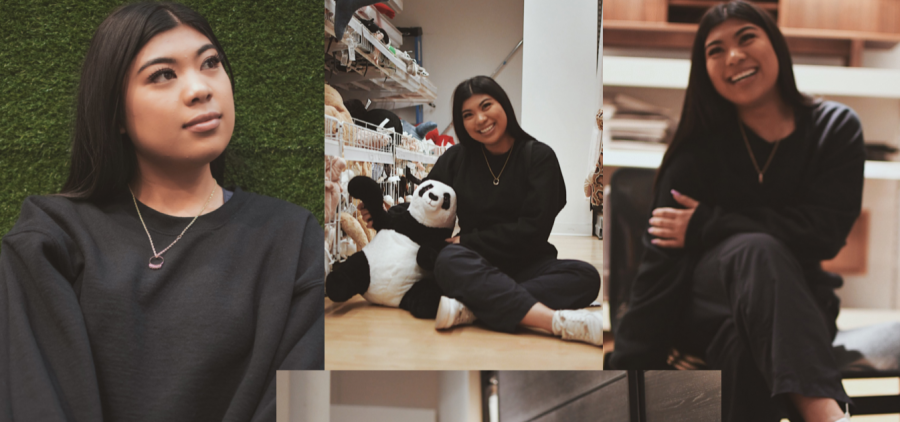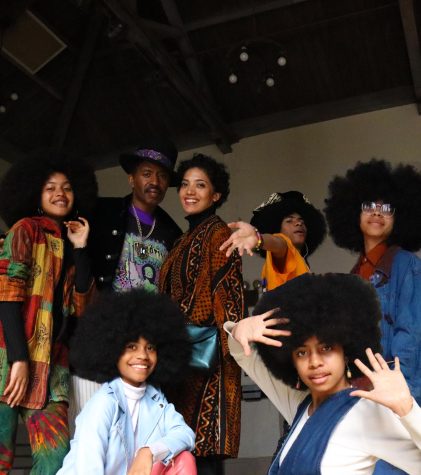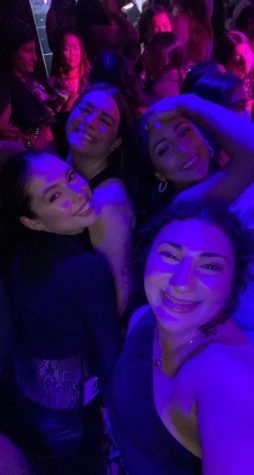Breaking the mold of the fashion world
What we choose to wear
In the fashion world, we are seeing less of who wears what and seeing more freedom of choice. Growing up, I was given the opportunity to mix menswear into my personal style. As it turns out, the experimentation with looser fitting clothes allowed me to implement male staples into my appearance.
However, as millennials know, we are now able to break any gender stereotype. It isn’t about just menswear or womenswear anymore — it’s more of what you choose to wear. If any year brings out freedom of fashion choice, it is 2018.
Historically, women and men have broken the disposition of female and male fashion.
Women’s rights activist Amelia Bloomer advocated for women to throw away their petticoats and corsets in exchange for loose pants, coined “bloomers” in the 1850s.
During the Roaring ’20s, there was a massive shift in women’s clothing with women entering the workforce during the first world war and gaining the right to vote. Frida Kahlo, at the age of 17, was photographed in 1924 sporting a three-piece menswear suit. One of the most influential fashion icons of the ‘20s was Coco Chanel who rebelliously embraced androgyny and paved the way for menswear-inspired women’s apparel.
As time went on, blazers, which were primarily modeled by men for men, were now being worn by women.
Men wearing womenswear is often a taboo subject but it is finally catching up to women in menswear.
Millennials are breaking molds and redefining terms such as “masculine” and “feminine” because fashion has no gender.
Audiences are now seeing the combination of stereotypical female and male fashion statements: men wearing nail polish and high heels and women wearing utility apparel. Creative directors have always turned to iconic editorials for breaking the mold.
I discovered the work of fashion stylist and model Farren Jean Andrea, also known as FUCCI on Twitter or karlie.floss on Instagram, this year. In recent years, he has styled Rihanna, Kehlani, Bella Hadid, and Jhene Aiko.
“I used to always feel the need to say a man’s name when asked who influenced my personal style,” Fucci said. “But honestly, women do.”
Fitting into a gender norm is an outdated practice and we’re putting an end to stereotypes.
The Photoshoot and a note from Cole:
You’re probably thinking, ‘Ikea?’ Cole Oliver is a photographer, and a great one at that. We sort of had this joke to go to Ikea and shoot some photos for whatever reason. I thought, why not? He asked me prior to style him.
Oliver paired his grey knit sweater and trousers with a camel coat and Converse One Stars. His accessory? Painted nails.
I took a lot of inspiration from my dad in the ‘90s. I wore my dad’s navy Columbia pants with a cropped crew neck and Air Force 1’s on our recent Ikea photoshoot.
As weird as it sounds, it was a fun experience to be goofy in a furniture store.
Here is a letter from the photographer and model himself:
I’m inspired by so many people ranging from designers to Youtubers. My fashion choices are inspired by the people who don’t particularly listen to criticism. I admire them because they push the boundaries of the fashion world. With fashion I’m able to utterly express who I am.
As for Ikea, it was fun taking photos at all of the show rooms Ikea had. I loved how Lauren and I could walk 10 feet and find a new set to shoot at.
Some of my favorite photographers include Petra Collins and Cole Bennett. They each have unique mindsets and visions that allow them to create amazing work through photography and videography. When it comes to photography, I never limit myself to what I can do. But that advice should be taken for every craft — never limit yourself.
Our Voice
There is an obligation that we have as citizens to find our voices and utilize them to the best of our abilities. Where finding puzzle pieces to fit together and styling them on a model is one form of my voice in action, Oliver uses photography to express himself.
Our advice? Break the freakin’ mold.








